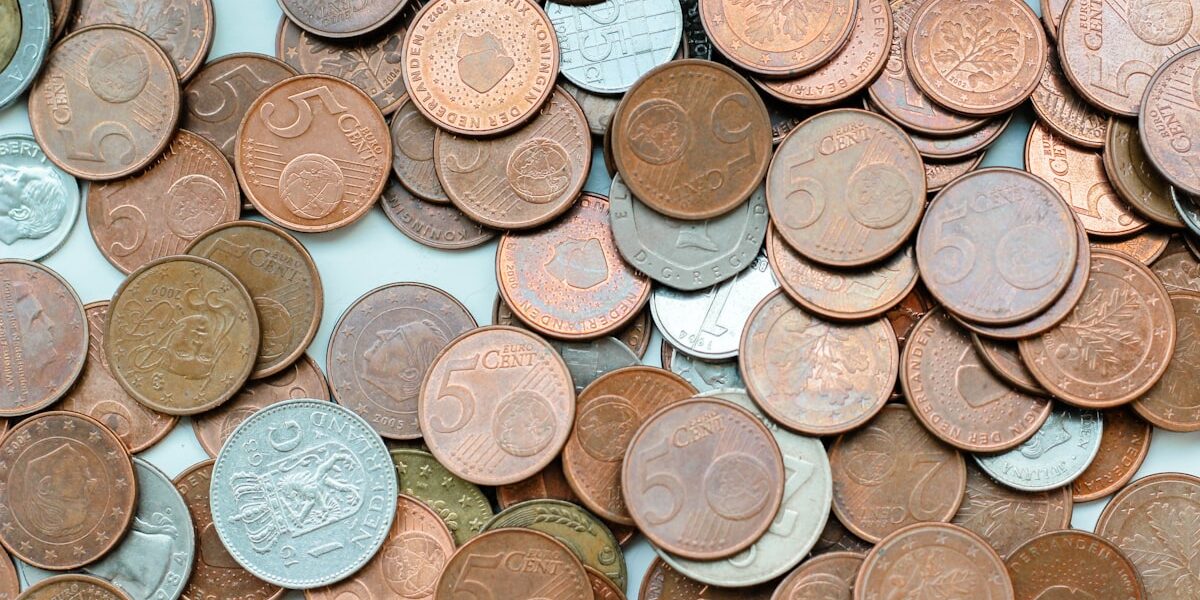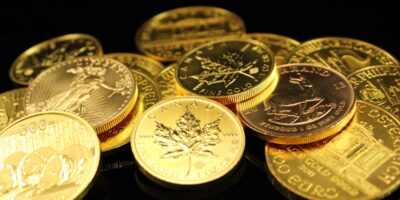The Ben Franklin Half Dollar: A Numismatic Icon
The Ben Franklin Half Dollar holds a unique place in American coinage. Minted from 1948 to 1963, this coin is not only sought after by collectors but is also steeped in history and symbolism. Its journey is a fascinating story worth exploring.
Design and Production

John R. Sinnock, the Chief Engraver of the United States Mint, designed the Ben Franklin Half Dollar. His design featured the iconic portrait of Founding Father Benjamin Franklin on the obverse. The reverse showcases the Liberty Bell, a symbol of American independence. Beside the Liberty Bell stands a small eagle, required by law to appear on half dollars.
Sinnock based Franklin’s portrait on earlier works, including sculptures by Jean-Antoine Houdon. The Liberty Bell design incorporated details from the bell’s actual appearance, complete with its famous crack. The inclusion of these elements served to honor Franklin’s enduring legacy as an innovator, statesman, and a pivotal figure in America’s founding.
Historical Context
Introduced post-World War II, the Franklin Half Dollar was a departure from previous coin designs featuring allegorical figures. It was part of a broader movement to depict real historical figures on U.S. currency. The choice of Franklin was fitting; as a polymath, diplomat, and inventor, his impact on early America was unparalleled.
Interestingly, the Mint accelerated production of the Franklin Half Dollar to replace the Walking Liberty Half Dollar. Officials sought a design change that reflected contemporary values and commemorated influential Americans. The introduction of the Franklin Half Dollar represented a postwar shift emphasizing American ideals of freedom and progress.
The Short-Lived Series
The Franklin Half Dollar series was relatively short-lived. In 1963, it was discontinued to make way for the Kennedy Half Dollar, following President John F. Kennedy’s assassination. This abrupt end increases the Franklin Half Dollar’s appeal to collectors, as it marks an important transitional period in U.S. coinage.
During its 16 years of circulation, the Franklin Half Dollar had no major design modifications, making it one of the most consistent series in American numismatics. However, the San Francisco Mint did not produce any Franklin Half Dollars, something that sets the production apart from other series of the same time span.
Collectibility and Value
Numerous factors influence the collectibility and value of the Franklin Half Dollar. Year of minting, mint marks, and condition are crucial determinants. Coins minted in lower numbers, such as those from the Denver Mint, often command higher values. Similarly, proof coins and those in uncirculated condition are highly desirable.
The scarcity of certain issues, like the 1955 variety, is another factor. Collectors also prize coins with toning or those exhibiting Full Bell Lines—a designation given when the lines at the bottom of the Liberty Bell are fully visible. Such coins emphasize the intricacies of Sinnock’s design and are valued accordingly.
Preservation and Care
Proper preservation is key to maintaining the value of a Franklin Half Dollar. Handling them with gloves and storing them in climate-controlled environments helps prevent corrosion and damage. Coin albums and holders protect them from environmental factors that could degrade surface quality.
Collectors recommend cleaning only under special circumstances. Doing so using professional services ensures the integrity of the coin remains intact. Amateur cleaning can remove patina, potentially reducing the coin’s value. Consulting with experienced numismatists often provides the best guidance on preservation methods.
Impact on American Coinage
The introduction of the Franklin Half Dollar marked a shift towards depicting real people on circulating coins. It paved the way for future coinage commemorating historical figures. The Franklin Half Dollar set a precedent for how U.S. coins could reflect national identity and pride.
The coin’s design pays homage to Franklin’s influence on both technical and philosophical fronts. It honors his connection to key American values like independence and innovation. By focusing on Franklin’s contributions, the Mint underscored the importance of historical memory in currency.
Availability and Acquisition
Acquiring a Franklin Half Dollar is relatively straightforward. Coin shows, auctions, and online marketplaces provide numerous opportunities for purchase. Grading services, like the Professional Coin Grading Service (PCGS) and Numismatic Guaranty Corporation (NGC), authenticate coins and assure buyers of their quality.
Bargain hunters can find circulated coins for modest prices, while rare or high-grade specimens demand a premium. Dealers also provide expert insights into market trends and legitimacy, a valuable resource for both novice and seasoned collectors engaged in the acquisition process.
The Franklin Half Dollar in Modern Times
Today, the Franklin Half Dollar remains a popular choice for collectors and investors alike. Its stable value and historical significance make it a wise addition to coin collections. The coin’s straightforward yet symbolic design continues to resonate with those interested in American history.
Its presence in numismatic circles reinforces Benjamin Franklin’s enduring legacy. Through the medium of the half dollar, his contributions to science, governance, and society are routinely celebrated. As modern currency undergoes changes, coins like the Franklin Half Dollar remind us of their cultural heritage.
Recommended Collecting Supplies
Coin Collection Book Holder Album – $9.99
312 pockets for coins of all sizes.
20x Magnifier Jewelry Loupe – $13.99
Essential tool for examining coins and stamps.
As an Amazon Associate, we earn from qualifying purchases.




Subscribe for Updates
Get the latest articles delivered to your inbox.
We respect your privacy. Unsubscribe anytime.